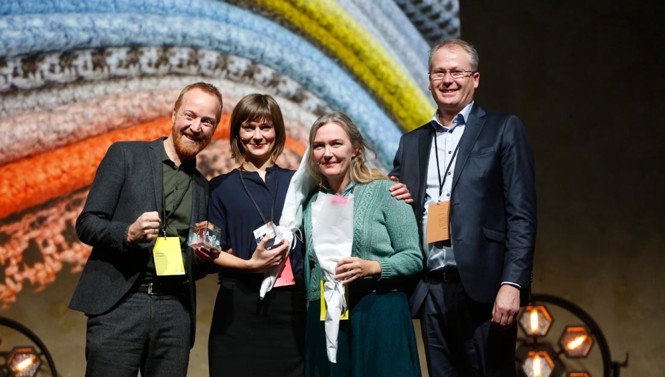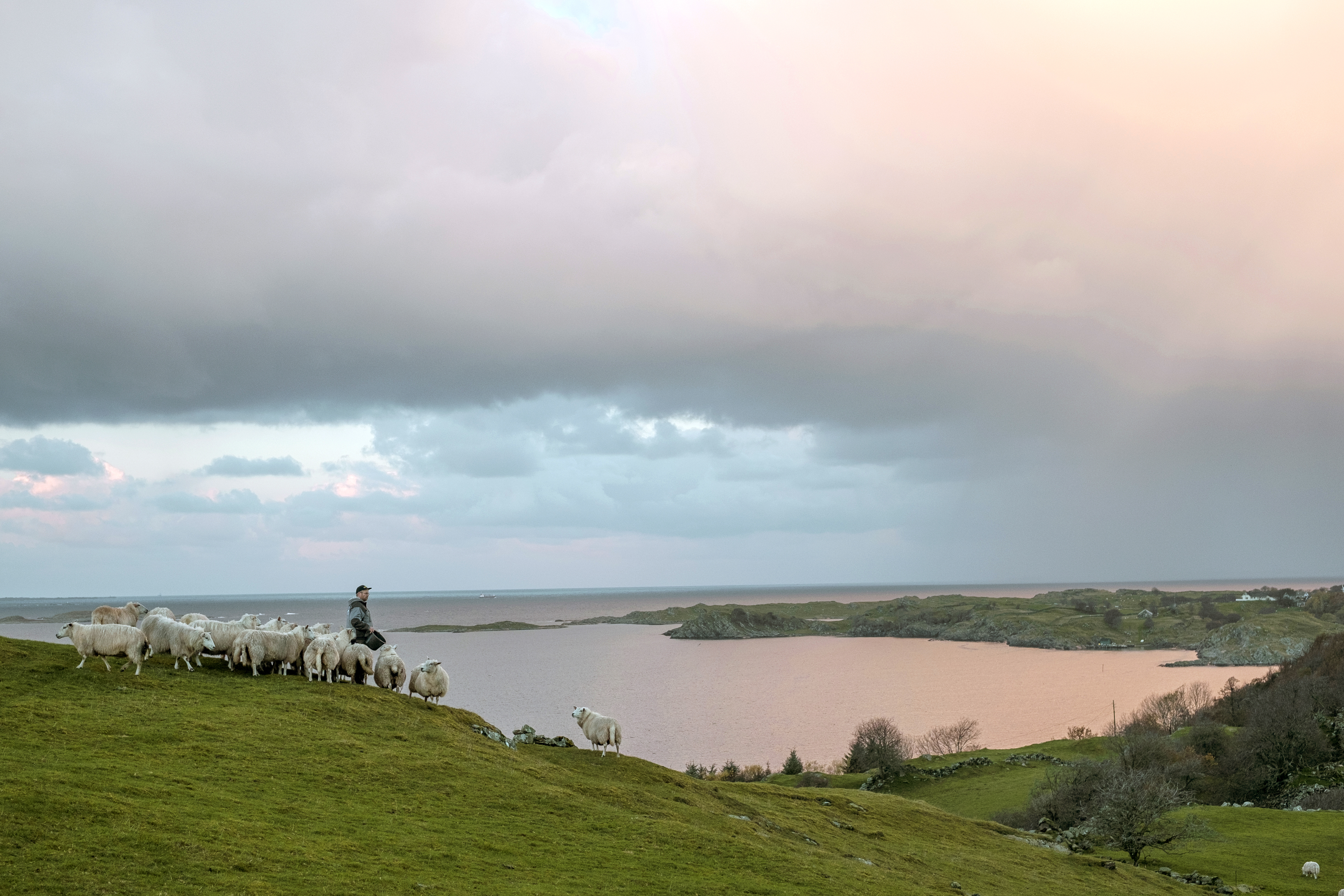
- It has not been a matter of course to use Norwegian wool in our production, says Ragnhild Nordhagen at GU, who has been responsible for the design and development of the textile itself.
Norwegian wool is part of GU's history from the very beginning up to the 1960s - and the story of the farmers who delivered the wool to the factory and competed for who had the best and finest raw material. In the work to develop Sirdal, Setesdal and Suldal, we benefited from the solid expertise we have in refining wool's properties. In recent years, there has been an increasing focus on Norwegian wool in our upholstery textiles, and the experience we gained in this work came in handy when Norwegian wool was to be used again in our furniture textiles. Gudbrandsdalens Uldvarefabrik has strict requirements for the fiber and yarn we use in production. One of the reasons why we stopped using Norwegian wool was impurities in the wool. Many impurities are due to the grazing conditions in Norway.

Happy sheep grazing in open fields produce beautiful wool with high quality and good utility properties, and is important for the preservation of the Norwegian cultural landscape. Forests and thickets, on the other hand, provide a lot of vegetables and impurities in the wool. This is difficult to wash out, and causes problems in weaving. Reproducibility is important to obtain an equal and good quality of the substances. This requires that the sorting and classification of the wool is carried out carefully and thoroughly.
Good wool was the premise for starting to design furniture fabrics, and through good communication with the wool industry we got access to wool we could use, says the designer. In order to achieve quality in the furniture textile, the focus is on the purity of the wool. We discovered that Norwegian wool does not smell bad, as long as it is washed well. It is also not dirty if it is sorted and classified in the best possible way.
The correct quality of the wool depends on farmers who, through breeding and animal husbandry, focus on wool in addition to meat production. In the next section, the sorting and classification of the wool must be carefully and thoroughly carried out by skilled professionals at the Norwegian wool stations. The wool is washed and spun at Sandnes Garn before it is sent on to Gudbrandsdalens Wool Factory in Lillehammer. Here it is twisted, woven, dyed and refined into first-class furniture textiles with the right requirements for design and durability. There are great environmental benefits with Norwegian wool. It is short-hauled and the cool Norwegian climate eliminates the need for the use of pesticides, which are more often used on wool from warmer regions.








